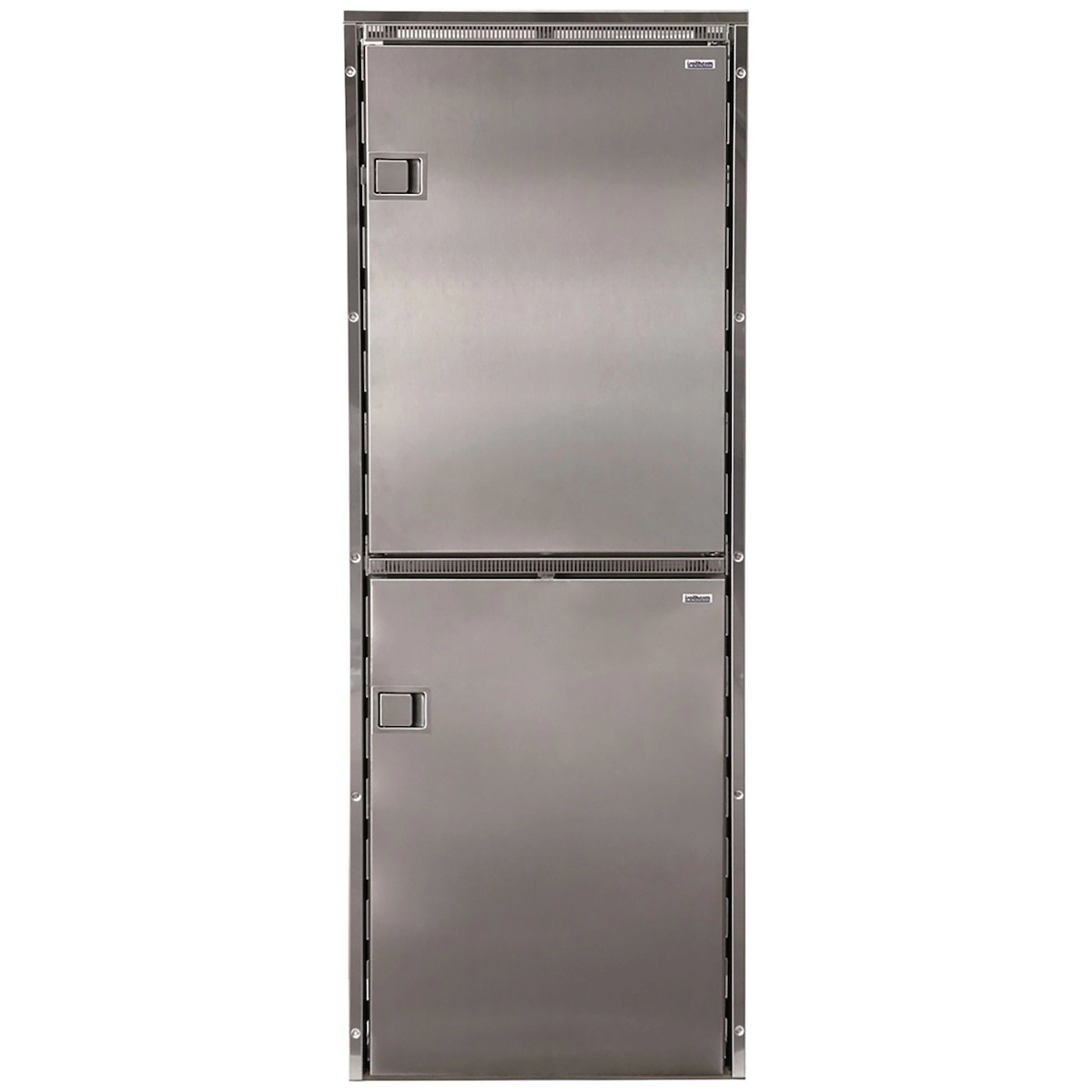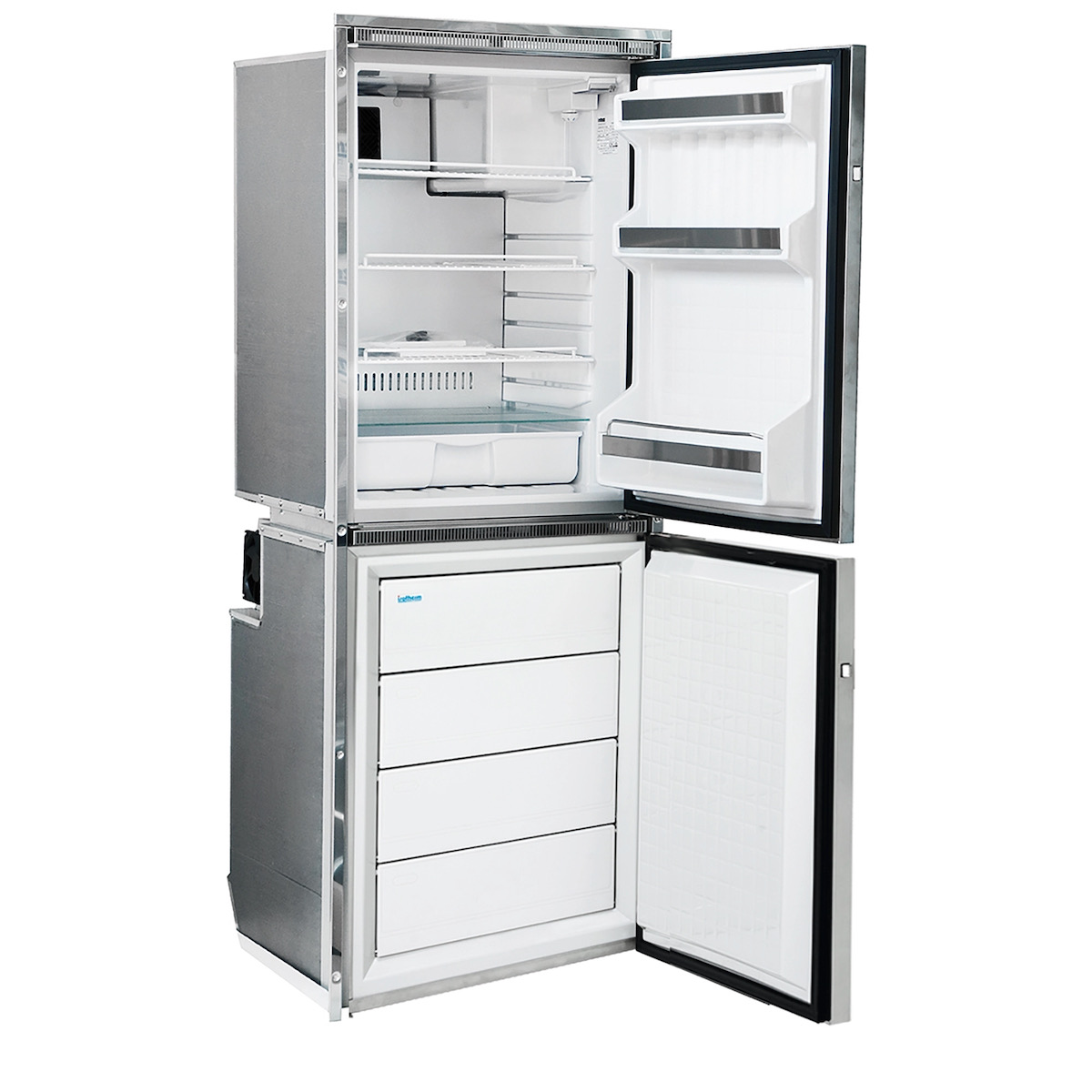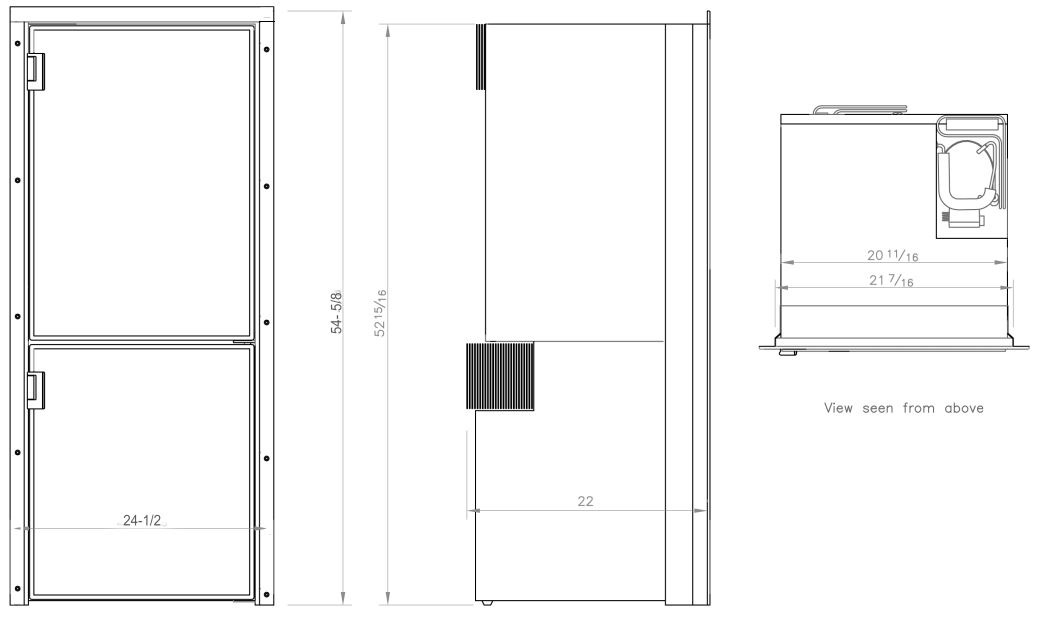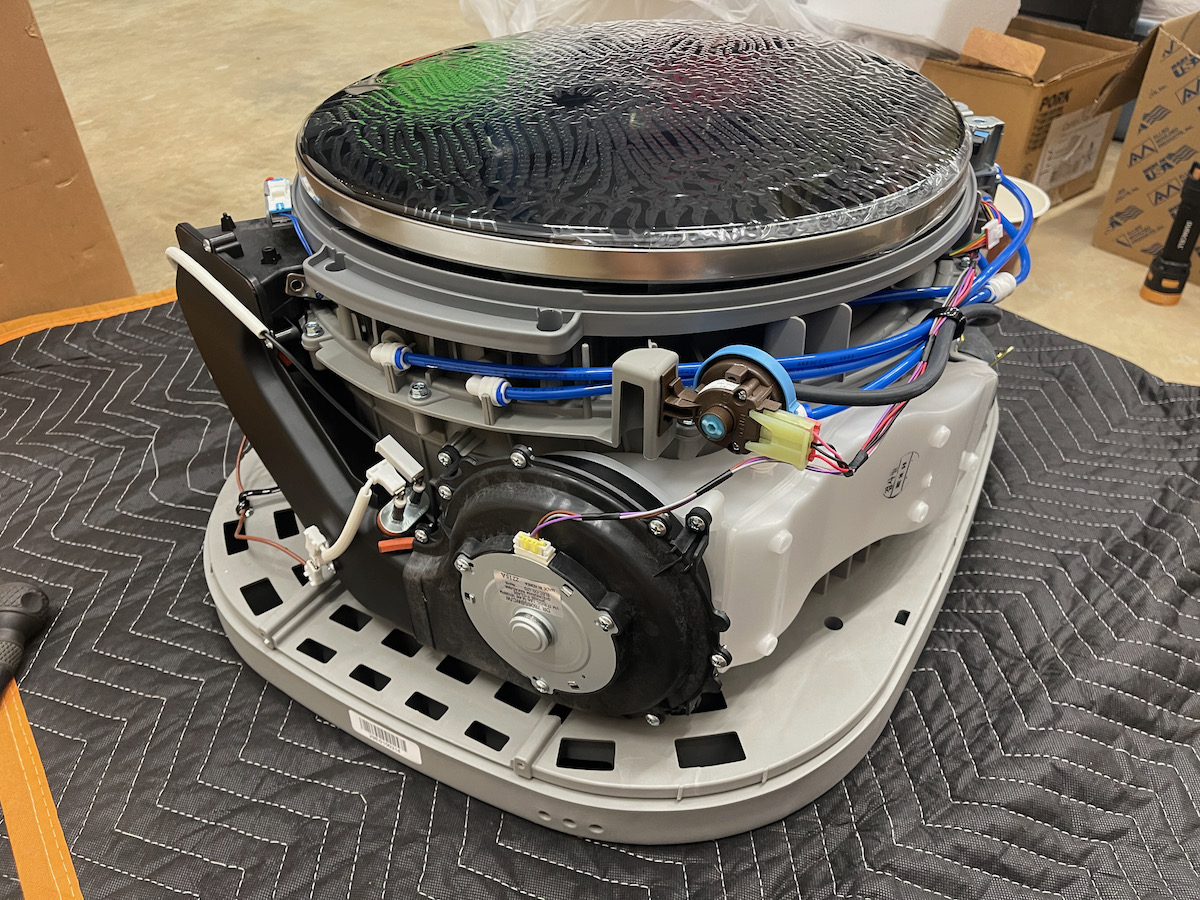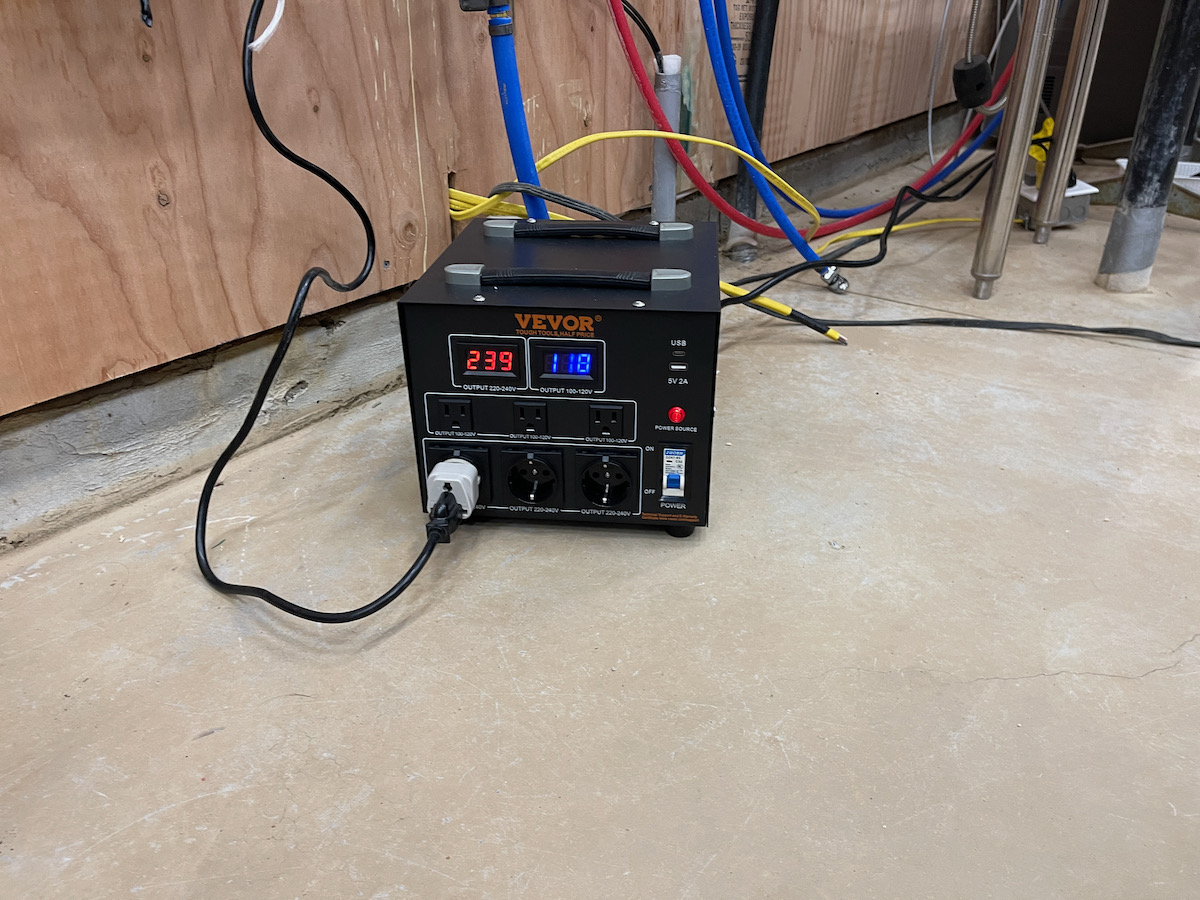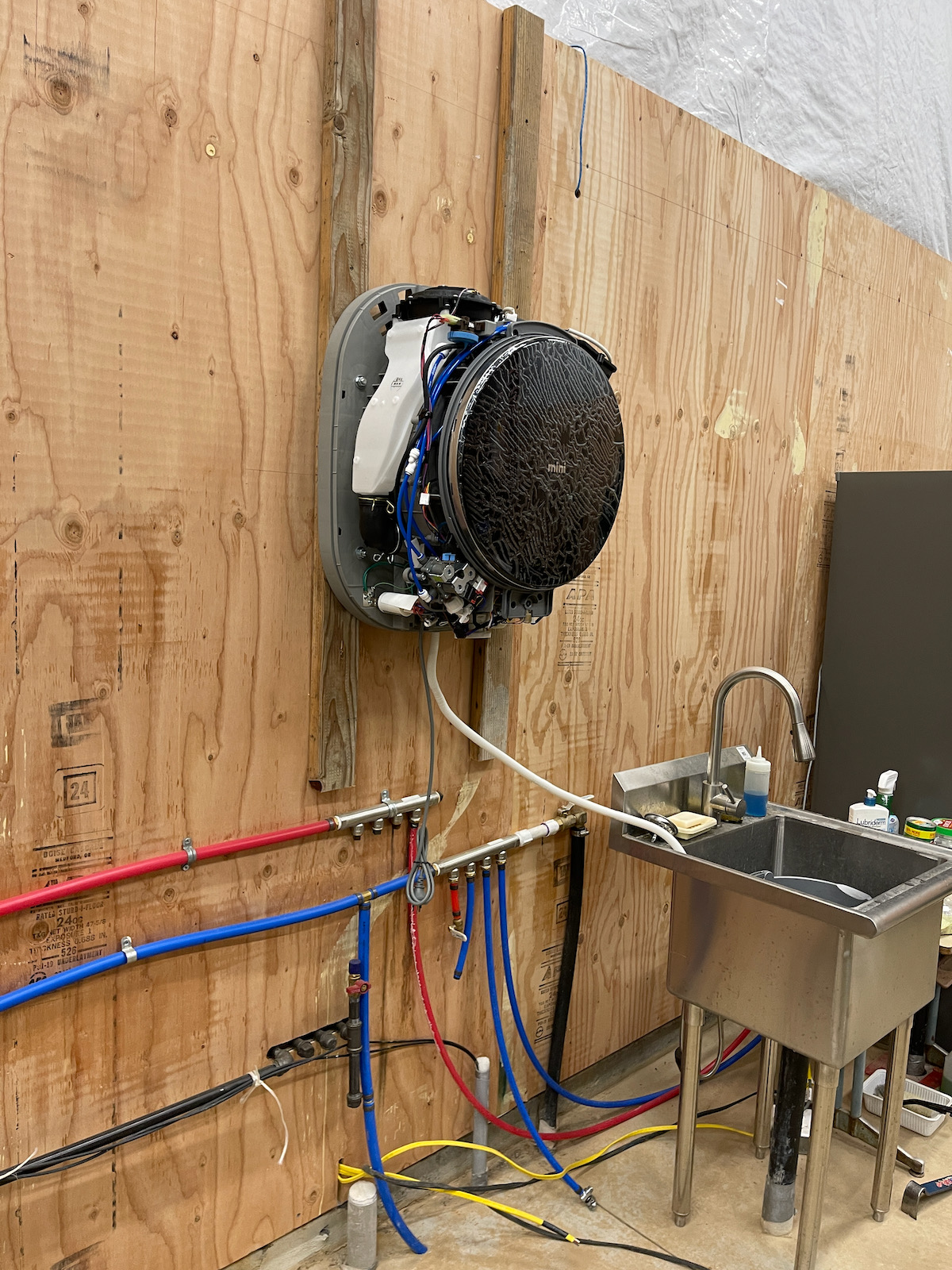samurai driver
New member
Hi all,
I figure it is time for me to come out of the closet with the new to me Canter FG4X4. I flew out to Colorado Springs and pick up this baby about a month ago, and drove it straight home to the Pacific Northwest non-stop. It is virtually new with most of the heavy liftings of the expedition skeleton and conversion done. However the habitat box is untouched, as with the addon lights and winch. It is essentially a blank canvas for my design and construction to make it into what I envision.


stopped at Costco in Loveland to pick up wiper blades and food for the long trip home
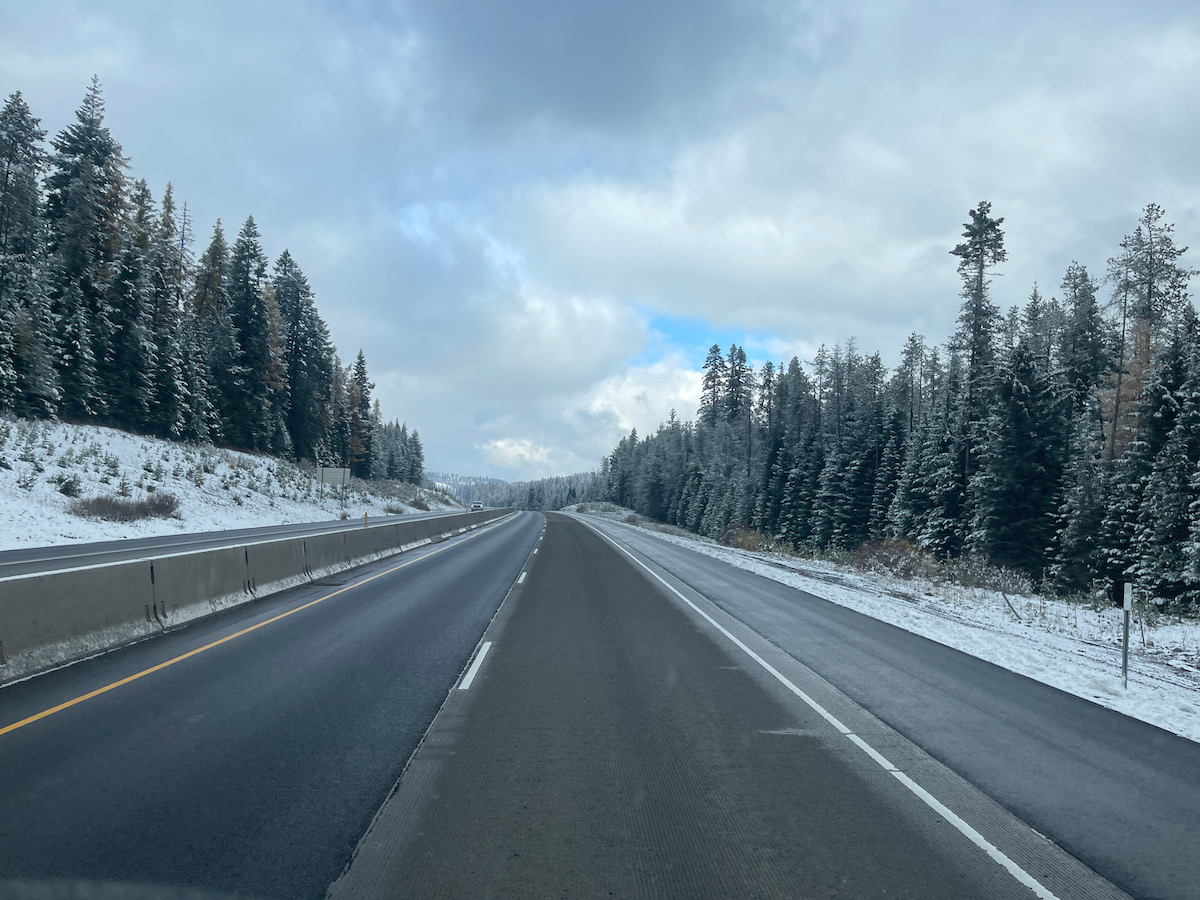
we ran into early winter snow storm in Wyoming with semi's crashing left and right but we made it back unscathed, except the check engine light scare

stopped by a WDOT to find out the axle weights for baseline record

back at the ranch in PNW

big truck and little truck
I figure it is time for me to come out of the closet with the new to me Canter FG4X4. I flew out to Colorado Springs and pick up this baby about a month ago, and drove it straight home to the Pacific Northwest non-stop. It is virtually new with most of the heavy liftings of the expedition skeleton and conversion done. However the habitat box is untouched, as with the addon lights and winch. It is essentially a blank canvas for my design and construction to make it into what I envision.


stopped at Costco in Loveland to pick up wiper blades and food for the long trip home

we ran into early winter snow storm in Wyoming with semi's crashing left and right but we made it back unscathed, except the check engine light scare

stopped by a WDOT to find out the axle weights for baseline record

back at the ranch in PNW

big truck and little truck

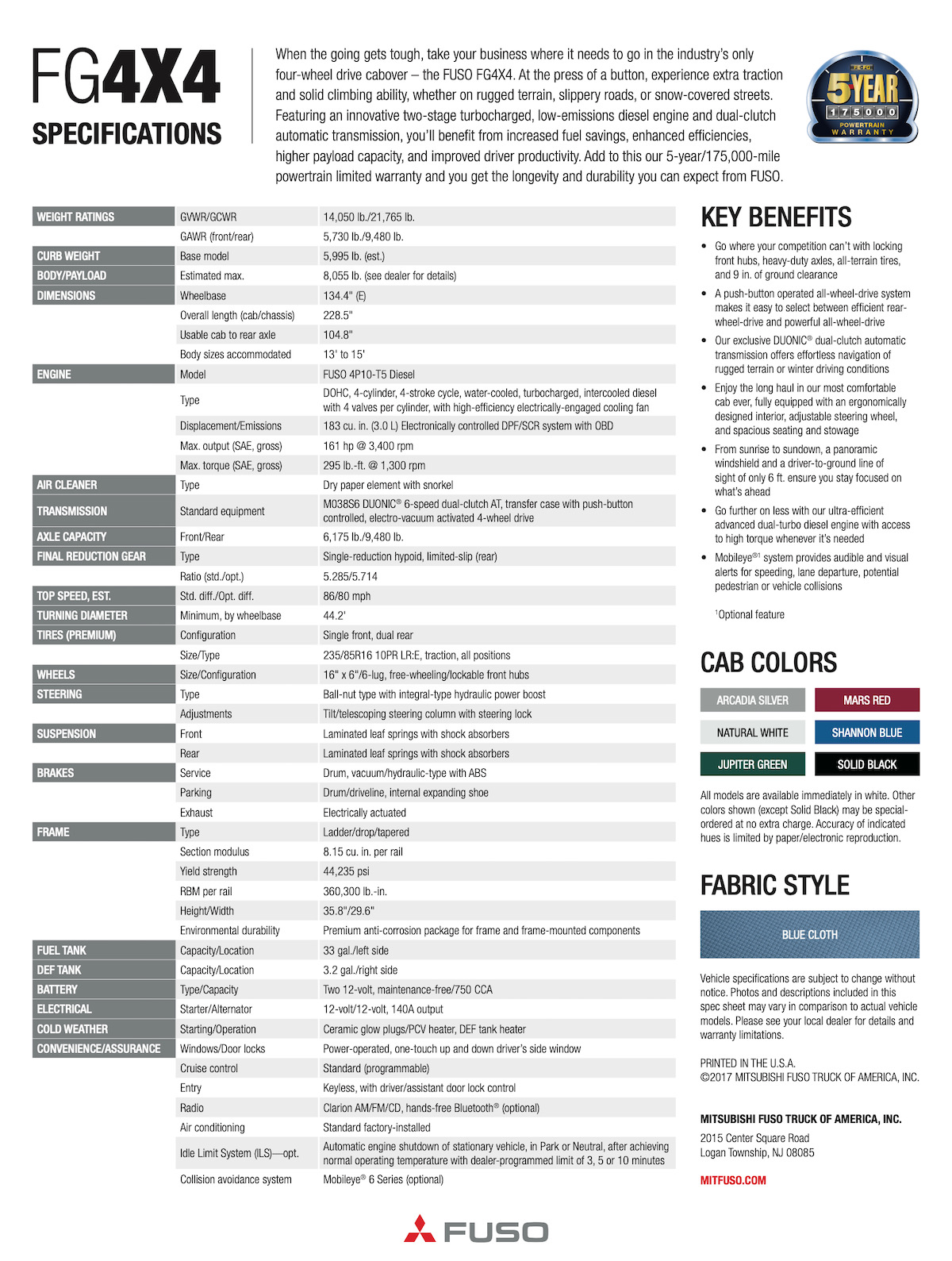
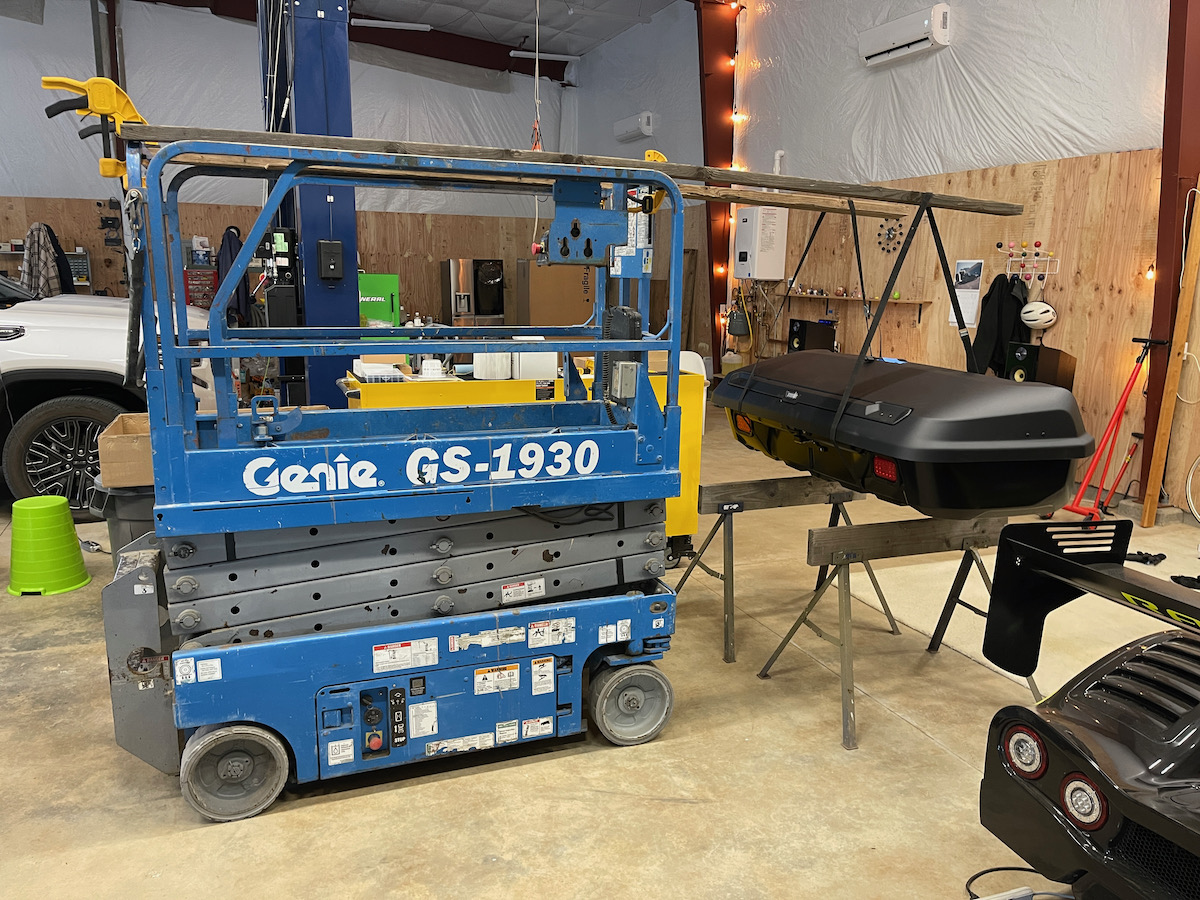





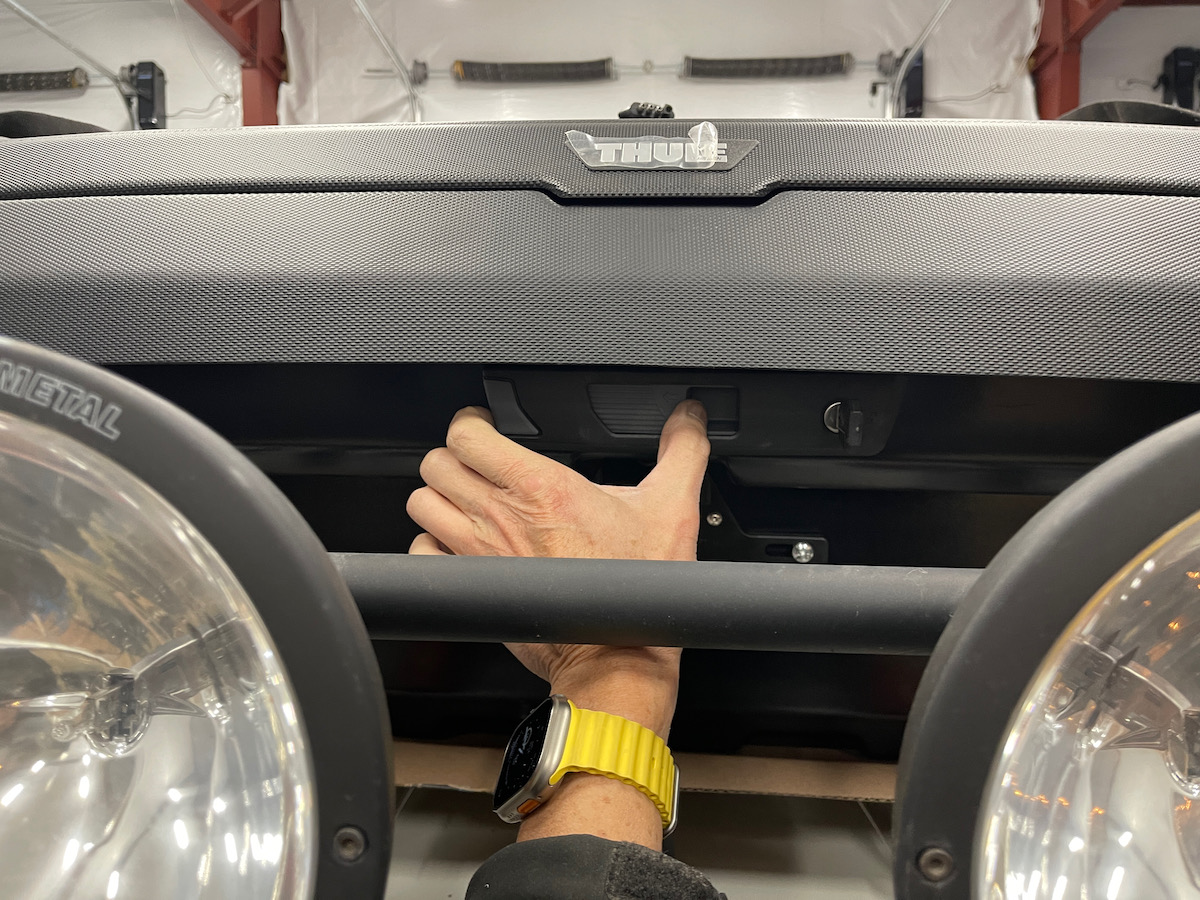
.jpeg)
.jpeg)
